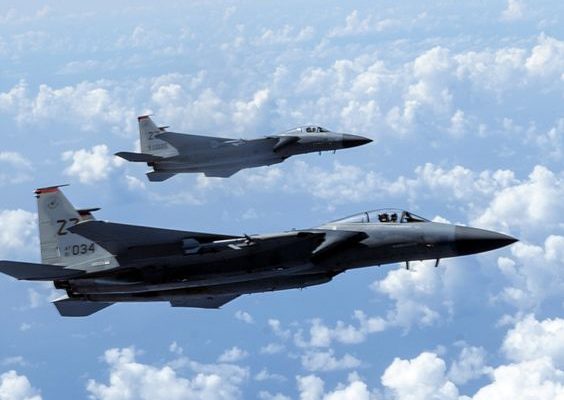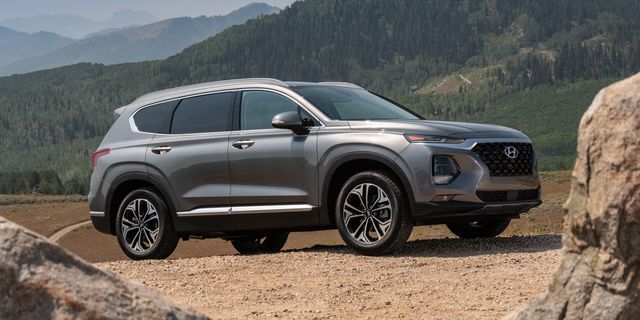These Daring Aircraft Designs Paved the Way for the US Air Force

Throughout the history of aviation, daring designs and innovative technologies have often distinguished successful air forces from the rest. The United States Air Force (USAF), in particular, has benefited from a legacy of aircraft that have helped it achieve and maintain aerial supremacy. There are several prominent examples that stand out for their significant contributions to aviation and military strategy.
One of the earliest game-changing designs was the North American X-15, a rocket-powered aircraft that set speed and altitude records in the 1960s. Much more than an experimental craft, it provided valuable data on hypersonic flight that informed later designs of both military and civilian spacecraft, including features found in the Space Shuttle program.
Then there was the Lockheed SR-71 Blackbird, developed in secrecy and announced to the public in 1964. This strategic reconnaissance aircraft held the record for the fastest air-breathing manned aircraft for decades. Its ability to fly at speeds over Mach 3 and at high altitudes made it virtually impervious to interception during its operational life span. The advancements in aerodynamics, propulsion, and stealth technology derived from the SR-71 program have permeated into various aspects of aerospace design.
Another revolutionary design was the stealth fighter, F-117 Nighthawk, which became operational in 1983. As the world’s first operational aircraft designed around stealth technology, it famously showcased its capabilities during the Gulf War where it could operate virtually undetected by Iraqi radar systems. The Nighthawk pioneered ways to reduce radar cross-sections which influenced subsequent stealth aircraft such as the B-2 Spirit bomber and the fifth-generation fighter jets like the F-22 Raptor and F-35 Lightning II.
The development of unmanned aerial vehicles (UAVs) also represents a significant leap forward in military capability. Perhaps most notable among these is the General Atomics MQ-1 Predator, which was initially conceived for reconnaissance but later adapted to carry out precision strikes with Hellfire missiles. The success of Predator drones has set a trend for UAV integration into modern combat operations.
Lastly, one cannot overlook Boeing’s C-17 Globemaster III, a strategic transport aircraft that combines cargo capacity with performance. It can operate from rough field conditions while being capable of rapid strategic delivery of troops and all types of cargo. This flexibility has made it a backbone for USAF’s global projection and humanitarian missions.
These daring aircraft designs share a common thread: they expanded the boundaries of what was technologically possible at their time of introduction, directly paving the way for next-generation aircraft and continuing to influence today’s USAF fleet across various mission profiles—from reconnaissance to transport to combat roles. Each program’s lessons learned have contributed to ensuring that American air power remains cutting-edge in an ever-evolving battlefield landscape.






